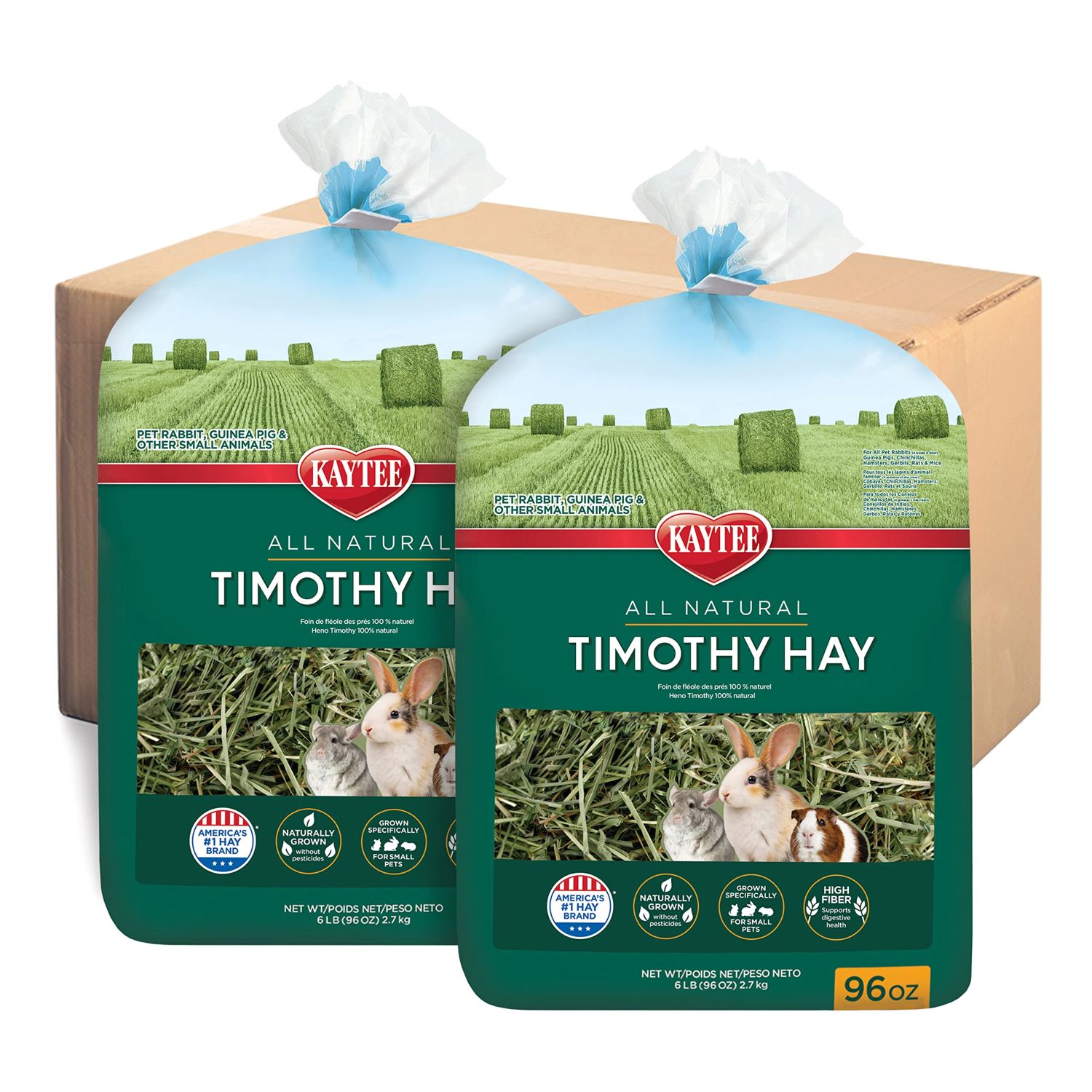

Articles
How To Store Timothy Hay
Modified: February 23, 2024
Looking for articles on how to store Timothy hay? Discover the best methods and tips to keep your hay fresh and nutritious for your furry friends.
(Many of the links in this article redirect to a specific reviewed product. Your purchase of these products through affiliate links helps to generate commission for Storables.com, at no extra cost. Learn more)
Introduction
Timothy hay is a popular and nutritious option for small animals, such as rabbits, guinea pigs, and chinchillas. It serves as a staple food for these animals, providing essential fiber, vitamins, and minerals for a healthy diet. However, it is crucial to store timothy hay properly to ensure its quality and nutritional value is preserved for an extended period.
In this article, we will explore the benefits of storing timothy hay correctly and provide you with essential tips and guidelines to follow. By following these steps, you can ensure that your timothy hay remains fresh, tasty, and nutritious for your furry friends.
Key Takeaways:
- Properly storing timothy hay ensures extended shelf life, preserved nutritional value, reduced waste, and convenient access, benefiting both small animals and their owners.
- Select high-quality timothy hay, store in airtight containers, monitor conditions, and address potential issues to maintain freshness and safety for small animals.
Benefits of Storing Timothy Hay Properly
Proper storage of timothy hay offers several key benefits for both you and your small animals:
- Prolongs Shelf Life: Storing timothy hay correctly helps extend its shelf life, allowing you to purchase in bulk and save money. Rather than worrying about hay going bad, you can have a stockpile of fresh hay readily available.
- Preserves Nutritional Value: Timothy hay is rich in fiber, which is essential for the digestive health of small animals. By storing it properly, you can preserve its nutritional content, ensuring that your pets receive the necessary nutrients from their hay.
- Maintains Freshness: Storing hay in the right conditions prevents it from becoming stale or musty. Fresh hay not only provides a better taste for your small animals but also encourages them to eat more, promoting healthy digestion.
- Reduces Waste: Proper storage techniques prevent hay from becoming spoiled or contaminated, reducing wastage and saving you money in the long run. You can be confident that the hay you provide to your pets is of high quality and free from mold, dust, or pests.
- Convenience: When you store timothy hay properly, you have a readily available supply whenever you need it. This saves you time and effort, as you won’t have to rush to the store frequently to purchase hay or worry about running out unexpectedly.
By recognizing and understanding the benefits of storing timothy hay properly, you can ensure the health and well-being of your small animals while also maintaining convenience and cost-effectiveness for yourself. Now, let’s delve into some tips for selecting the right timothy hay for storage!
Tips for Selecting Timothy Hay for Storage
Choosing the right timothy hay is crucial for proper storage. Here are some essential tips to consider when selecting timothy hay for storage:
- Choose High-Quality Hay: Look for timothy hay that is fresh, green, and free from mold or dust. High-quality hay will retain its nutritional value and taste better for your small animals.
- Consider the Cut: Timothy hay is available in different cuts, such as first cut, second cut, or third cut. First cut hay has a coarser texture and is higher in fiber, while second and third cuts are generally softer and more palatable. Choose the cut that suits your small animals’ needs.
- Check for Proper Drying: Ensure that the hay has been properly dried before purchasing. Hay that is not adequately dried can mold or become spoiled during storage.
- Packaging: Look for timothy hay packaged in airtight bags or bales. This helps maintain freshness and prevents the entry of moisture or pests.
- Read Labels: Read the packaging labels to ensure that the timothy hay is specifically intended for small animals. Avoid hay that is meant for other purposes, as it may not meet the nutritional needs of your pets.
- Buy in Bulk: If possible, consider purchasing timothy hay in bulk. Buying in larger quantities not only saves money but also allows you to have a steady supply of fresh hay on hand.
By following these tips, you can ensure that you select high-quality timothy hay that is suitable for storage. Now, let’s move on to the next section, where we will discuss the step-by-step guide to storing timothy hay properly.
Step-by-Step Guide to Storing Timothy Hay
Follow these step-by-step instructions to store timothy hay properly:
- Prepare a Storage Area: Find a cool, dry, and well-ventilated area to store your timothy hay. A garage, basement, or dedicated storage room are ideal options. Make sure the area is clean and free from pests.
- Use Airtight Containers or Bags: Transfer the timothy hay into airtight containers or bags to maintain freshness and prevent moisture or pests from entering. Mason jars, plastic bins with secure lids, or vacuum-sealed bags are suitable options.
- Label and Date the Storage Containers: Label each container with the date of storage and the type of timothy hay to keep track of freshness and ensure proper rotation.
- Manage Air Circulation: While storing timothy hay in airtight containers is important, it’s essential to allow for proper air circulation to prevent humidity build-up. Poke small holes in the containers or leave them slightly open to facilitate airflow.
- Store in a Dark and Cool Place: Keep the timothy hay away from direct sunlight, as exposure to light can lead to nutrient degradation. Additionally, maintaining a cool temperature helps preserve the hay’s freshness and prevents mold growth.
- Avoid Contamination: Store timothy hay away from chemicals, cleaning products, or strong odors that can potentially contaminate the hay and harm your small animals.
- Regularly Inspect and Rotate: Periodically check the stored timothy hay for any signs of mold, moisture, or pest infestation. Rotate the containers to use the oldest hay first and ensure freshness.
- Monitor Humidity Levels: Use a hygrometer to monitor humidity levels in the storage area. Aim for a humidity level below 50% to prevent mold growth.
By following these steps, you can ensure that your timothy hay remains fresh and of high quality throughout the storage period. In the next section, we will discuss the proper storage conditions for timothy hay in more detail.
Proper Storage Conditions for Timothy Hay
To maintain the quality and nutritional value of timothy hay during storage, it is essential to create the right storage conditions. Here are the proper storage conditions to consider:
- Temperature: Store timothy hay in a cool area with temperatures between 60-70°F (15-21°C). Avoid storing it in areas prone to extreme temperature fluctuations, such as near heating vents or in direct sunlight.
- Humidity: Maintain a humidity level below 50% to prevent mold growth. Moisture can lead to hay spoilage and the growth of harmful bacteria and fungi. Use a dehumidifier or ensure proper ventilation in the storage area.
- Light: Keep timothy hay away from direct sunlight. Exposure to light can lead to nutrient degradation and create an unfavorable environment for long-term storage.
- Air Circulation: While it’s important to store timothy hay in airtight containers to maintain freshness, ensure there is some airflow to prevent the accumulation of moisture. Small holes in the containers or partially open lids can help facilitate proper air circulation.
- Pest Control: Take precautions to prevent infestation by pests such as rodents or insects. Ensure that the storage area is clean, free from debris, and regularly inspected for any signs of infestation.
By following these proper storage conditions, you can create an environment that preserves the quality and nutritional value of timothy hay. In the next section, we will discuss how to monitor and maintain the stored hay to ensure its freshness.
Store timothy hay in a cool, dry place away from direct sunlight to maintain its freshness and nutritional value. Use a sealed container to prevent moisture and pests.
Read more: How To Store Hay Outside
Monitoring and Maintaining Stored Timothy Hay
Proper monitoring and maintenance are crucial to ensure the freshness and quality of stored timothy hay. Here are some key steps to follow:
- Regular Inspection: Check the stored timothy hay regularly for any signs of mold, moisture, or pest infestation. If you notice any issues, remove the affected hay immediately to prevent further contamination.
- Rotate the Stock: Use a “first in, first out” approach when accessing the stored hay. Rotate the containers to ensure that the oldest hay is used first, minimizing the risk of spoilage.
- Ensure Proper Ventilation: While storing timothy hay in airtight containers helps maintain its freshness, it’s important to allow for proper air circulation. This prevents the accumulation of moisture and helps preserve the hay’s quality.
- Keep the Storage Area Clean: Regularly clean the storage area to remove any debris, dust, or potential sources of contamination. A clean environment reduces the risk of spoilage and keeps the hay fresh.
- Monitor Temperature and Humidity: Continuously monitor the temperature and humidity levels in the storage area. Use a thermometer and hygrometer to ensure that the conditions remain within the recommended range.
- Address Any Issues Promptly: If you identify any issues with the stored hay, such as mold growth or high humidity, take immediate action. Remove the affected hay, adjust the storage conditions, and implement necessary measures to prevent further problems.
By regularly monitoring and maintaining the stored timothy hay, you can ensure its freshness and quality over time. This ensures that your small animals receive the nutrition they need from their hay. In the next section, we will discuss some common problems to watch out for when storing timothy hay.
Problems to Watch out for When Storing Timothy Hay
While proper storage techniques can help maintain the quality of timothy hay, there are some common problems that you should be aware of and watch out for:
- Mold Growth: Moisture or high humidity levels can contribute to mold growth on stored hay. Moldy hay can be harmful to your small animals and should be discarded immediately.
- Pest Infestation: Stored hay can attract pests like rodents, insects, or mites. These pests can contaminate the hay and compromise its quality. Regularly inspect the storage area and take appropriate pest control measures.
- Heat Exposure: Storing hay in areas exposed to high temperatures or direct sunlight can lead to nutrient degradation and spoilage. Avoid storing hay near heating vents or in areas prone to temperature fluctuations.
- Excessive Moisture: Too much moisture in the storage area or improper drying of the hay can cause it to become damp or develop mold. Ensure proper ventilation and monitor humidity levels to prevent excess moisture.
- Contamination: Storing timothy hay near chemicals, cleaning products, or strong odors can lead to contamination and affect the quality and taste of the hay. Keep the storage area clean and free from potential sources of contamination.
- Storage Time: Even with proper storage conditions, timothy hay does have a limited shelf life. Over time, the hay may lose its nutritional value and freshness. It is important to monitor the storage time and use older hay first.
By keeping an eye out for these potential problems, you can take prompt action to address issues and ensure the stored timothy hay remains fresh and safe for your small animals. In the next section, we will address some frequently asked questions about storing timothy hay.
Frequently Asked Questions about Storing Timothy Hay
Here are answers to some commonly asked questions about storing timothy hay:
- How long can timothy hay be stored?
Properly stored timothy hay can typically be stored for up to a year without significant loss of quality. However, it’s best to check the hay regularly for any signs of spoilage or mold. - Should I store timothy hay in the fridge?
Storing timothy hay in the fridge is not recommended, as the high humidity present in a refrigerator can lead to mold growth. It’s best to store hay in a cool, dry, and well-ventilated area. - Can I store timothy hay in plastic bags?
Yes, you can store timothy hay in plastic bags. However, ensure that the bags are airtight and free from any holes to maintain freshness and prevent moisture or pests from entering. - Can I store timothy hay with other items?
It’s best to store timothy hay separately from other items, especially those with strong odors or chemicals. Storing it with such items can lead to contamination and affect the quality and taste of the hay. - Should I remove the original packaging when storing timothy hay?
If the original packaging is airtight and in good condition, you can leave the timothy hay in it. However, if the packaging is not airtight, it’s advisable to transfer the hay to airtight containers or bags for better preservation. - Can I store timothy hay outside?
Storing timothy hay outside is not recommended, as exposure to moisture, pests, and changing weather conditions can quickly degrade the quality of the hay.
These answers should help clarify some common concerns about storing timothy hay. Remember to follow proper storage techniques and regularly monitor the hay to ensure its freshness and quality. Now, let’s conclude our article.
Conclusion
Properly storing timothy hay is essential to maintain its freshness, nutritional value, and overall quality. By following the guidelines outlined in this article, you can ensure that your small animals receive the best hay possible for their dietary needs. Storing timothy hay correctly offers numerous benefits, including prolonging its shelf life, preserving its nutritional content, reducing waste, and providing convenience.
When selecting timothy hay for storage, choose high-quality, properly dried hay and opt for airtight packaging. Consider buying in bulk to save money and ensure a steady supply of fresh hay. Follow the step-by-step guide to storing timothy hay, including preparing a suitable storage area, using airtight containers, and monitoring temperature, humidity, and airflow.
Regularly inspect and maintain the stored hay, rotating containers and addressing any issues promptly. Be on the lookout for potential problems such as mold growth, pest infestation, excessive moisture, heat exposure, and contamination. By monitoring and maintaining the stored hay, you can ensure its freshness and safety for your small animals.
Remember, proper storage conditions and regular monitoring are key to extending the shelf life and maintaining the nutritional value of timothy hay. When stored correctly, timothy hay can be a reliable and nutritious food source for your small animals for an extended period.
So, invest some time and effort into storing timothy hay properly, and you will provide your small animals with the high-quality nutrition they deserve. With fresh and tasty timothy hay, your furry friends will be happy, healthy, and thriving!
Frequently Asked Questions about How To Store Timothy Hay
Was this page helpful?
At Storables.com, we guarantee accurate and reliable information. Our content, validated by Expert Board Contributors, is crafted following stringent Editorial Policies. We're committed to providing you with well-researched, expert-backed insights for all your informational needs.

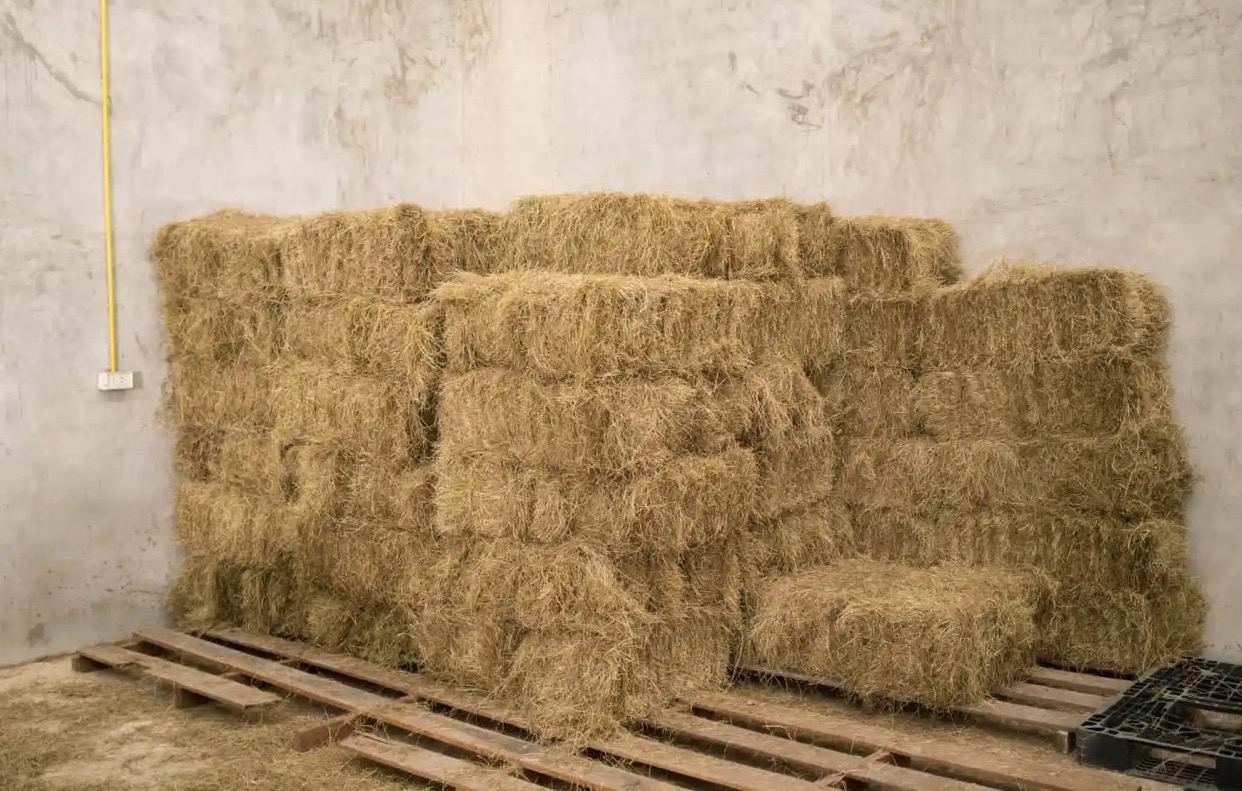
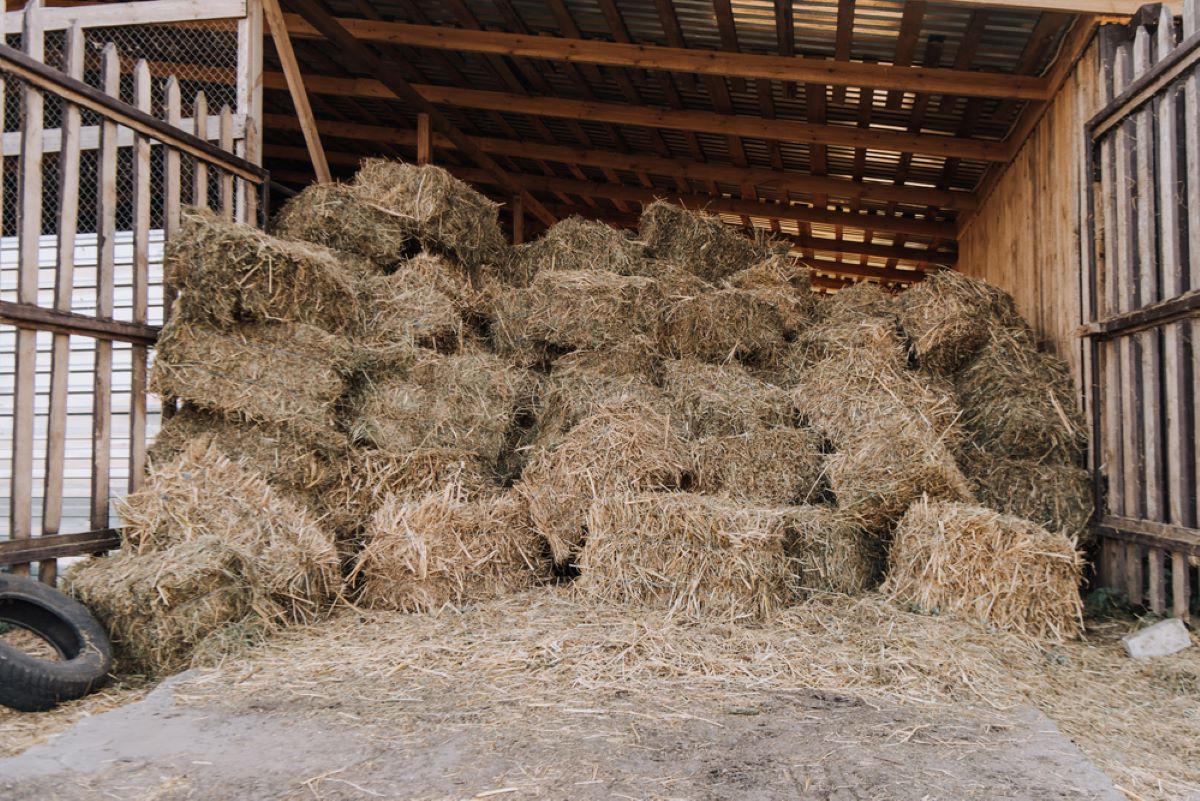



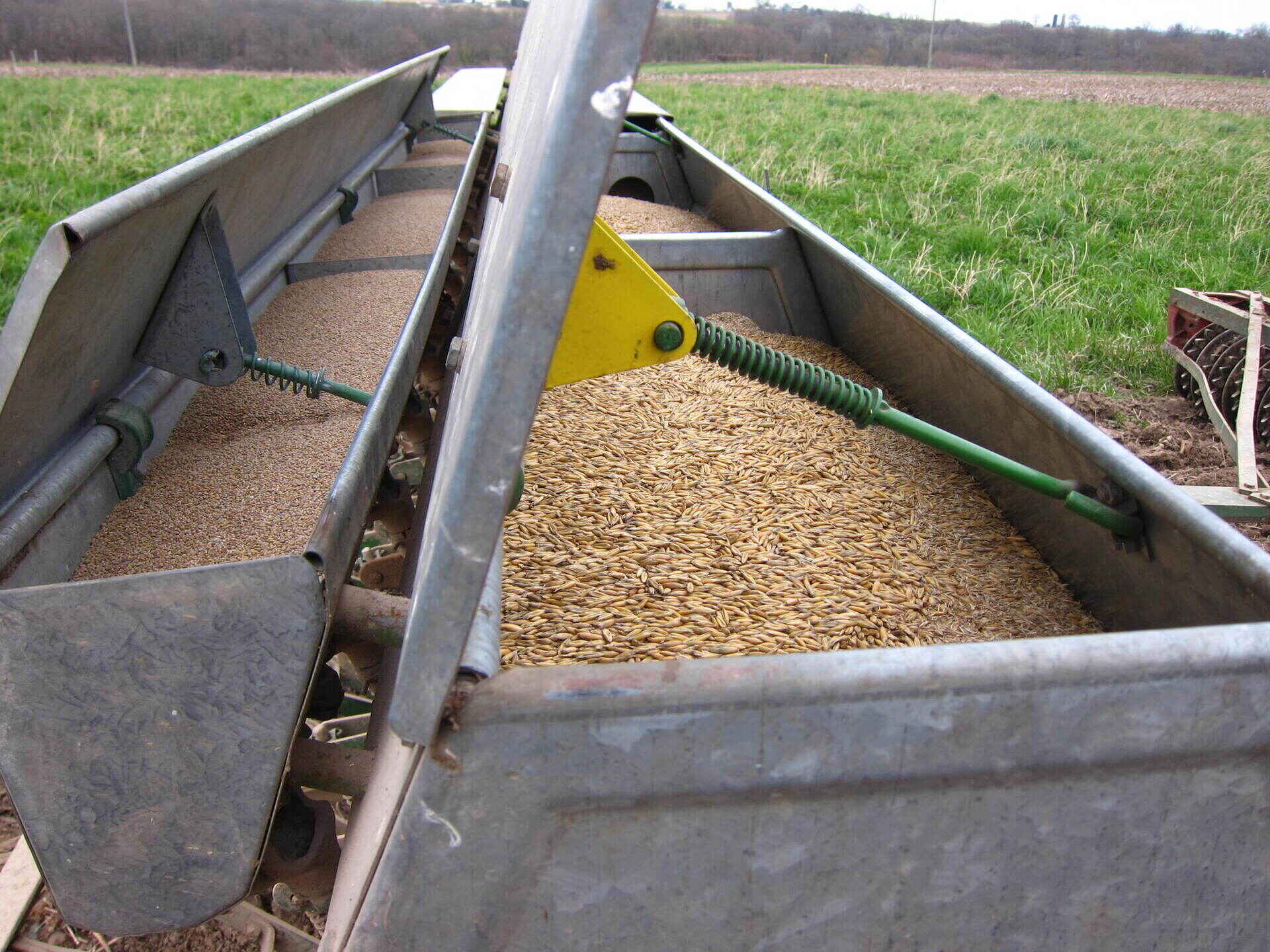
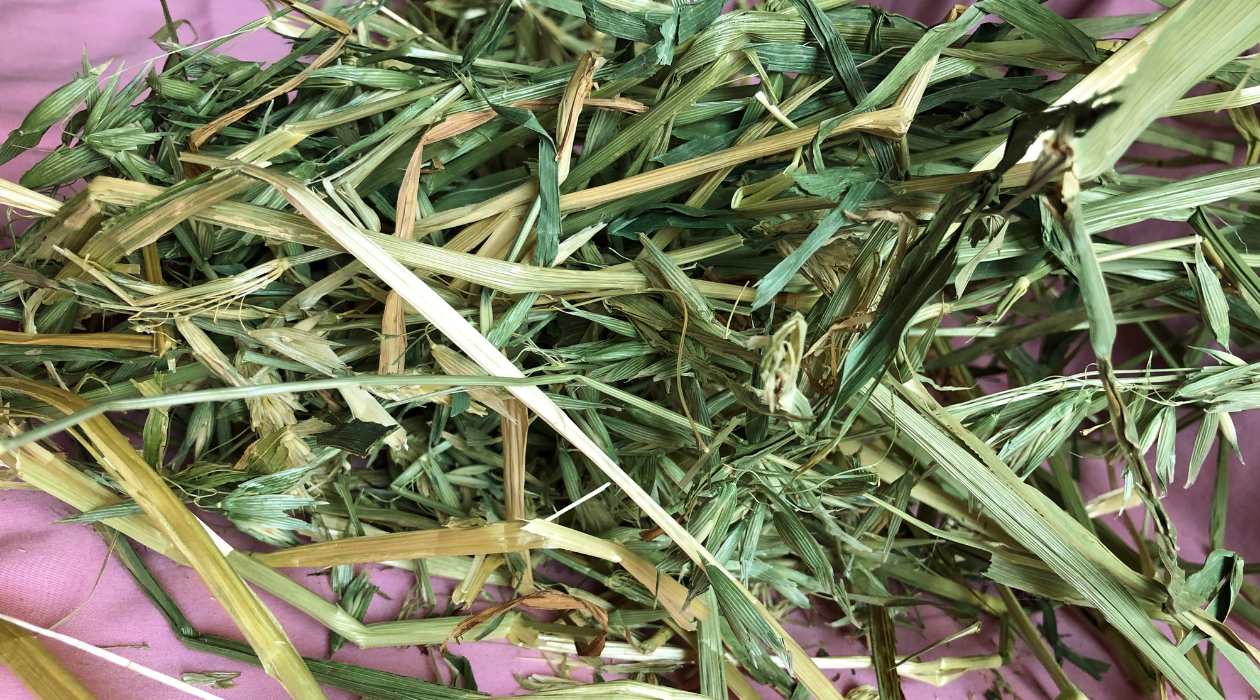
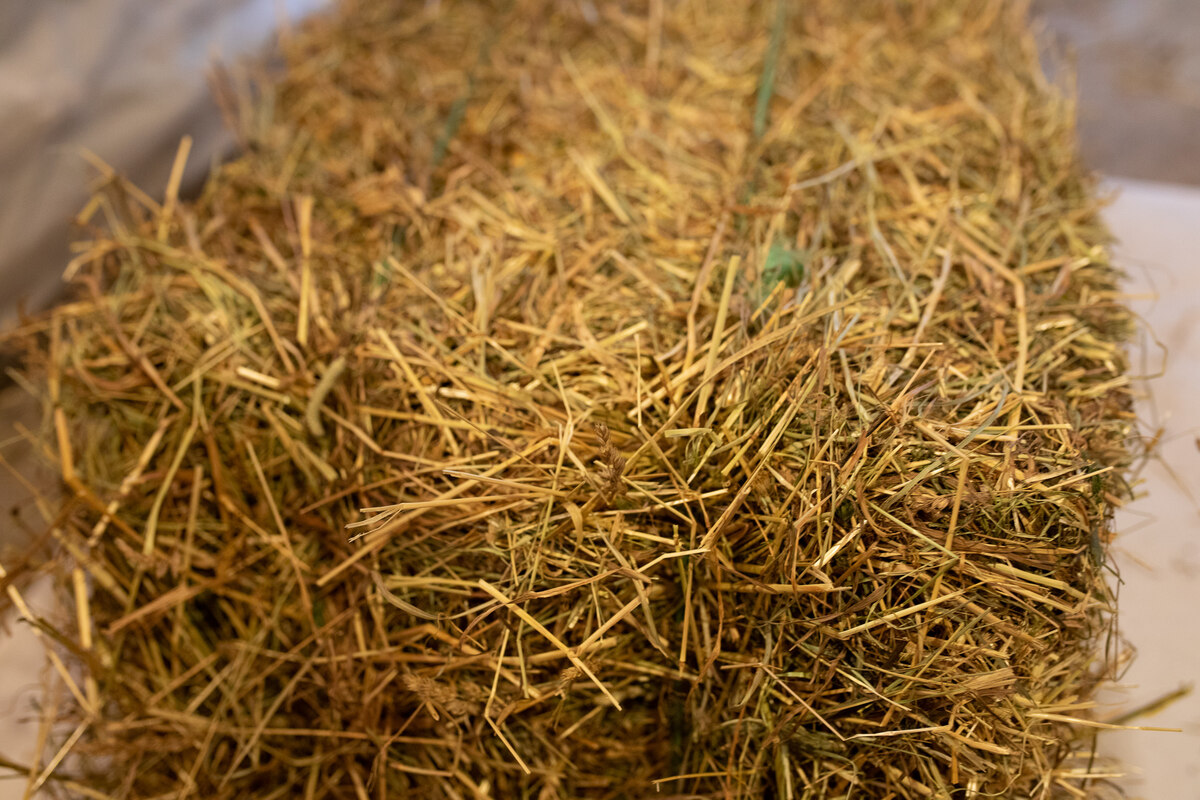
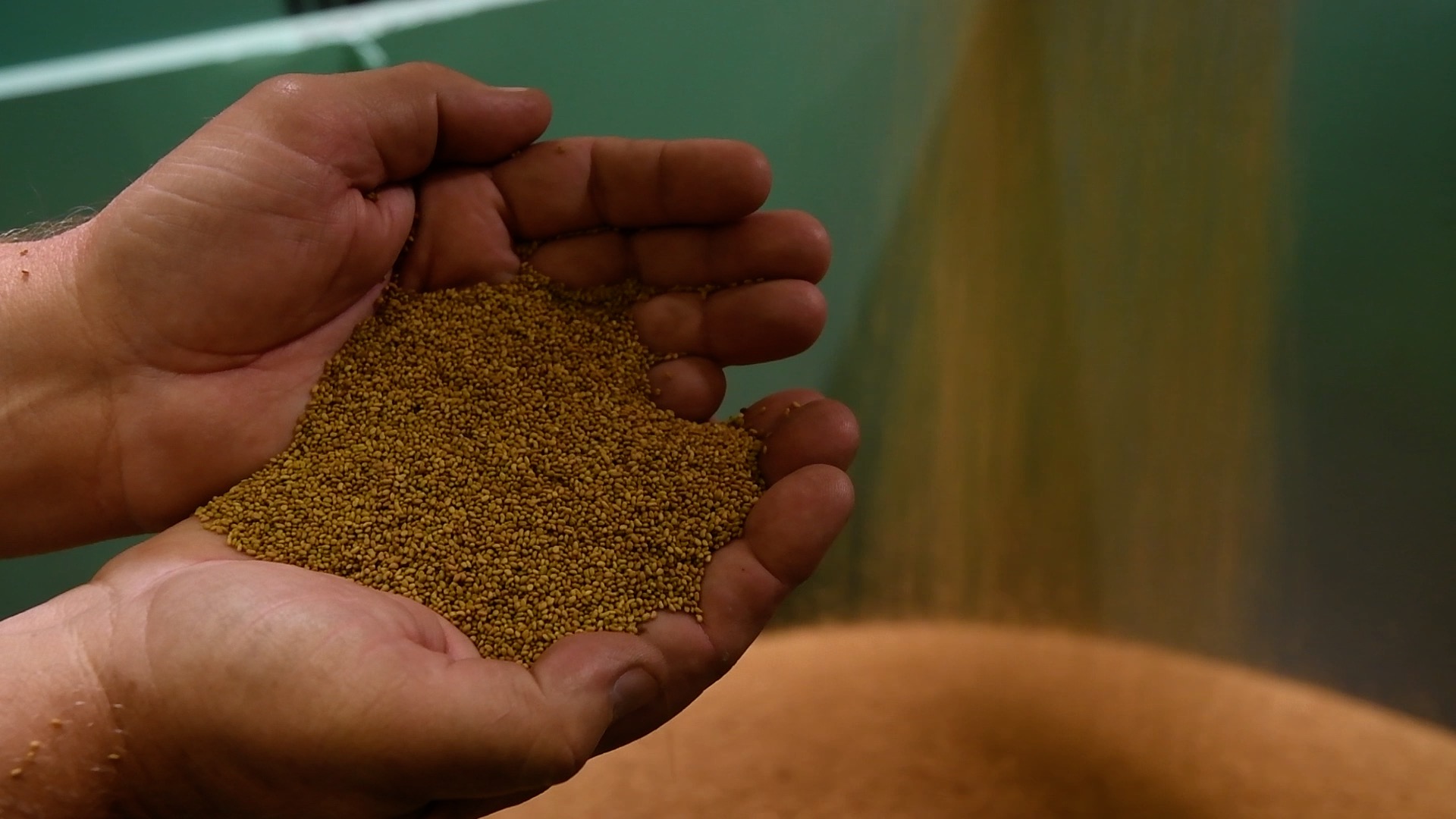


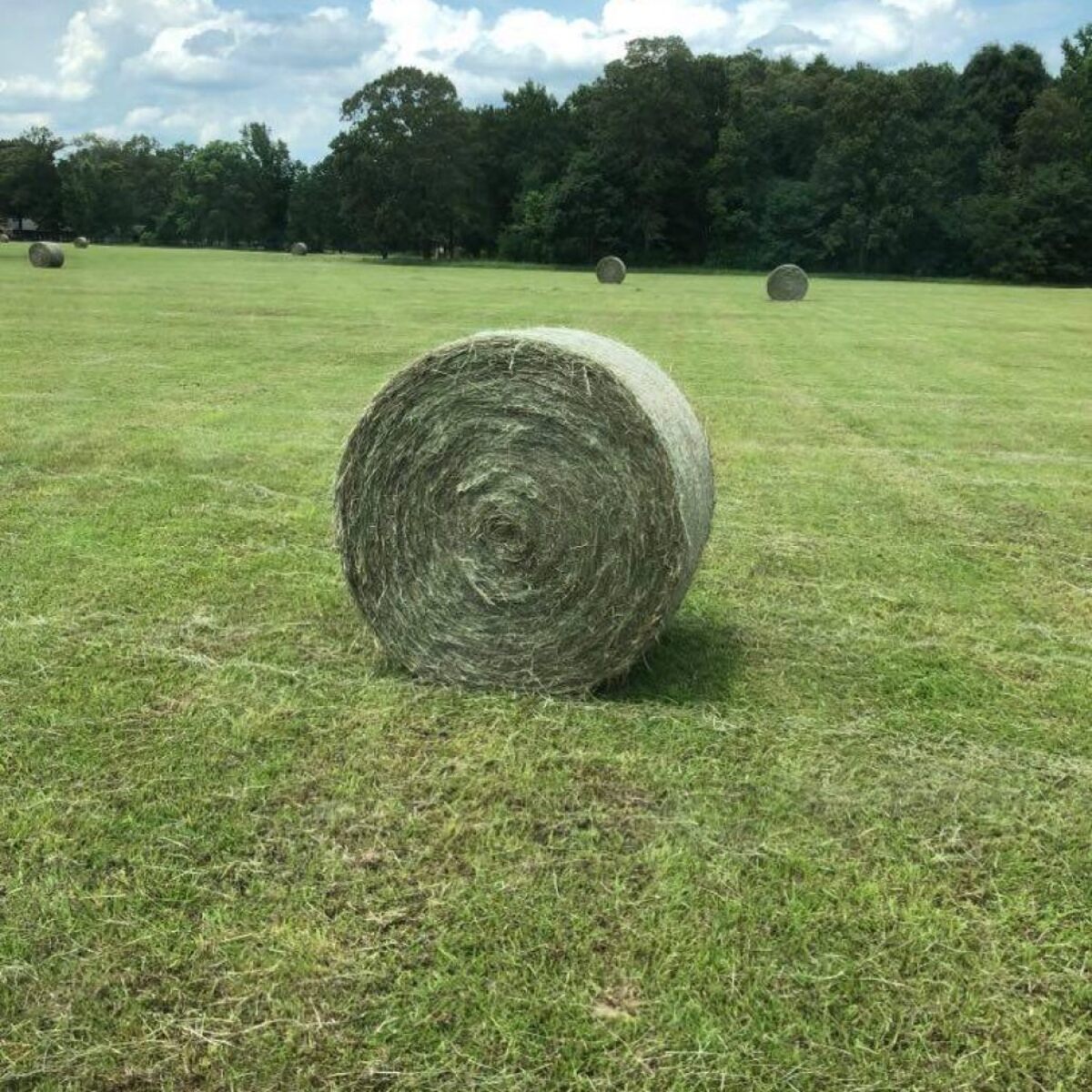
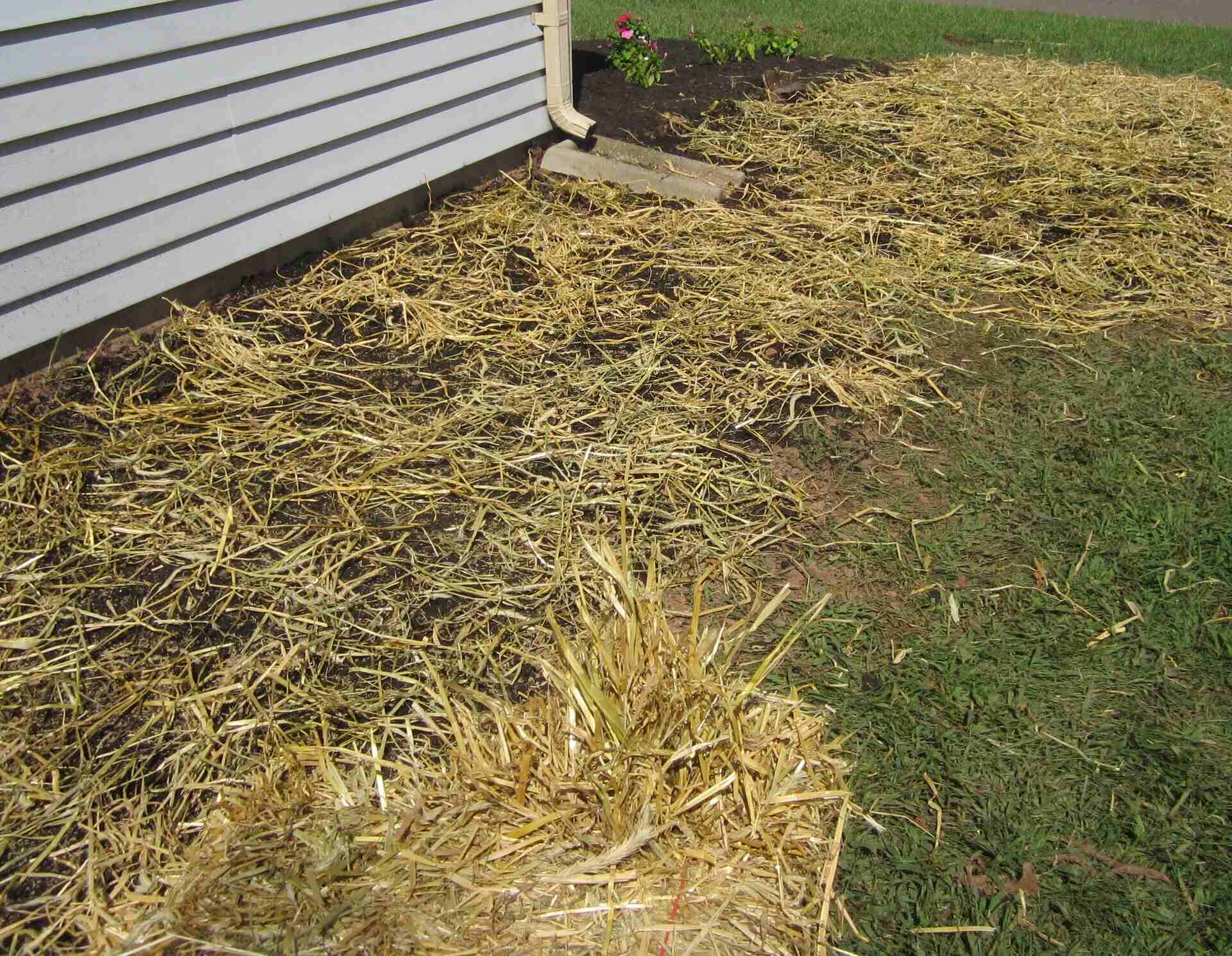

0 thoughts on “How To Store Timothy Hay”